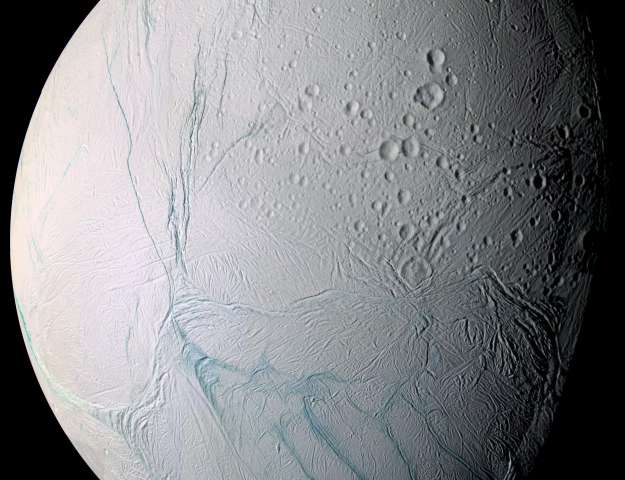More on the feeding habits of black holes. This one is choking on the amount of material in its gullet – see https://phys.org/print408783134.html … The paper was published in the Astrophysical Journal Letters but the press release comes from MIT. What was recorded was a 'tidal disruption flare' (see earlier post on the subject) which is basically a dramatic burst of electromagnetic energy. This is thought to occur when a black hole shreds and digests a passing star. The actual star that was shredded, in this instance, was unseen, but the theory demands a star and so we are told there was a star (now disappeared).
Meanwhile, at www.msn.com/en-us/video/wonder/surprise-jupiter-has-rings-like-saturn/vi… … a video of the rings of Jupiter (link provided by William).
… and at https://phys.org/print408701776.html … the south pole of Enceladus is warm under the ice (see also the NASA web site and the Cassini mission) …
 … over the last ten years Cassini has recorded activity at the south pole of Enceladus (Saturn's icy moon) with fractures in the ice venting water rich jets that indicate an ocean lies beneath the icy surface.
… over the last ten years Cassini has recorded activity at the south pole of Enceladus (Saturn's icy moon) with fractures in the ice venting water rich jets that indicate an ocean lies beneath the icy surface.
